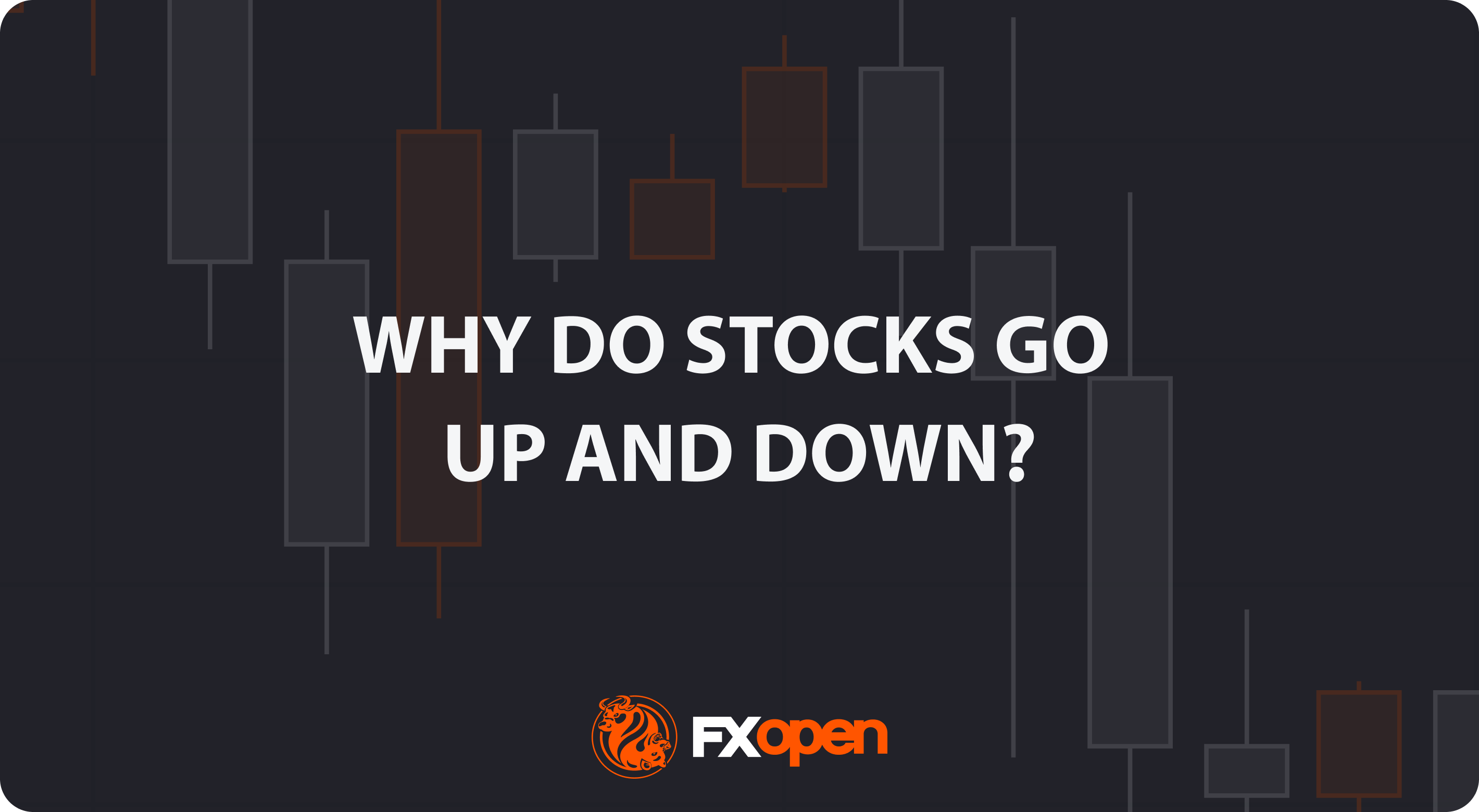FXOpen

Yesterday, TSLA trading closed at USD 144.68 per share, after which Tesla reported its results for the 1st quarter:
→ earnings per share: actual = USD 0.45, forecast = USD 0.49;
→ gross income: actual = USD 21.45 billion, forecast = USD 22.2 billion.
However, in the post-market, TSLA's share price rose approximately 13% thanks to Elon Musk's plans and statements:
→ We faced numerous challenges in Q1, including the conflict in the Red Sea and the arson attack at the Gigafactory in Berlin. We think the second quarter will be much better.
→ EV adoption rates around the world are under pressure, but electric vehicles will dominate the auto industry in the long term. We continue to invest in AI infrastructure, manufacturing facilities, Supercharger networks, and new products.
→ Production of new models will start at the end of 2024 — beginning of 2025 on existing production lines.
The stock's rise after the report shows that optimism about the start of production of a new model that could be the most affordable in Tesla's lineup outweighed concerns about the poor report and increased competition.
On April 5, we wrote that the price of TSLA could reach the psychological level of USD 150 per share.

New data on the chart provides valuable information for the technical analysis of TSLA stock:
→ the price dropped below the psychological level, but was unable to gain a foothold there, since in the premarket today the TSLA share is trading above USD 160;
→ opening the main trading session today above USD 160 will mean that the market is returning to the downward channel (shown in red), and the RSI indicator is rising from the oversold zone.
Will TSLA's stock price be able to continue rising after the sharp reversal? A test for the seriousness of the bulls’ intentions can be the resistance block, which is formed by the median line of the descending channel and the resistance level of USD 180 per TSLA share.
Buy and sell stocks of the world's biggest publicly-listed companies with CFDs on FXOpen’s trading platform. Open your FXOpen account now or learn more about trading share CFDs with FXOpen.
This article represents the opinion of the Companies operating under the FXOpen brand only. It is not to be construed as an offer, solicitation, or recommendation with respect to products and services provided by the Companies operating under the FXOpen brand, nor is it to be considered financial advice.
Stay ahead of the market!
Subscribe now to our mailing list and receive the latest market news and insights delivered directly to your inbox.








